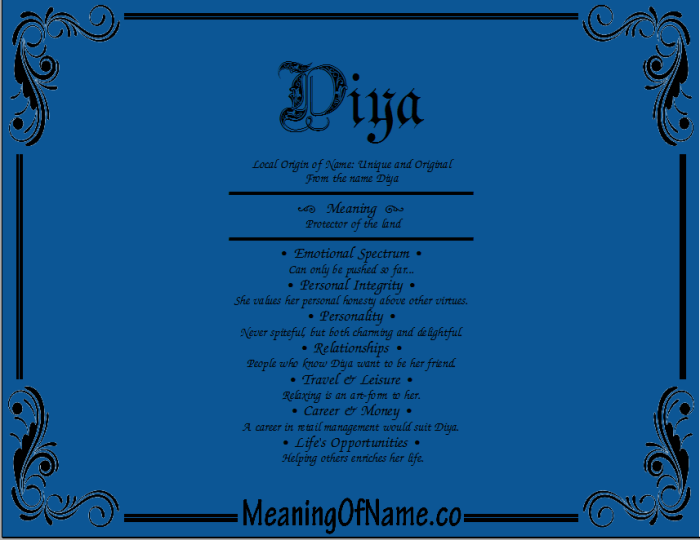Diya meaning goes beyond its simple appearance as a small clay lamp. It represents a rich tapestry of cultural, religious, and artistic traditions, woven together with the symbolism of light. This humble vessel, filled with oil and a wick, illuminates not only physical spaces but also the spiritual essence of countless individuals and communities.
The word “diya” itself has deep roots in Sanskrit, reflecting its long history and significance. From ancient texts to modern celebrations, the diya has played a vital role in shaping Indian culture and continues to inspire awe and reverence. Its presence in rituals, ceremonies, and everyday life underscores its profound impact on Indian society and beyond.
Diya Decoration: Diya Meaning

Diyas, the traditional earthen lamps, are not just sources of light but also symbols of hope, prosperity, and spiritual enlightenment. Their decoration adds a layer of beauty and meaning to these already significant objects.
Diya Decoration Techniques, Diya meaning
Diya decoration involves using a variety of colors, patterns, and embellishments to enhance their visual appeal. The techniques used vary depending on the occasion, region, and personal preferences.
- Color: Diyas are typically painted with vibrant colors, often associated with festivals or auspicious occasions. Red, orange, yellow, and green are common colors used to symbolize joy, warmth, and good fortune.
- Patterns: Intricate patterns are often incorporated into diya designs, using traditional motifs like floral patterns, geometric designs, and religious symbols. These patterns can be created using various techniques, including hand-painting, stenciling, and etching.
- Embellishments: Diyas are often embellished with decorative elements like beads, sequins, glitter, and even small pieces of broken glass. These embellishments add sparkle and texture, enhancing the overall visual appeal of the diyas.
Traditional Diya Designs
Traditional diya designs are deeply rooted in Indian culture and heritage. They often reflect regional variations and are passed down through generations.
- Clay Diyas: These are the most common type of diyas, made from simple clay and often decorated with basic patterns and colors.
- Brass Diyas: Brass diyas are more elaborate and often feature intricate carvings and engravings. They are typically used for special occasions like weddings and festivals.
- Terracotta Diyas: Terracotta diyas are known for their earthy tones and rustic charm. They are often decorated with floral patterns and geometric designs.
Contemporary Diya Designs
Contemporary diya designs incorporate modern elements while retaining the traditional essence. These designs often feature abstract patterns, bold colors, and unique shapes.
- Glass Diyas: Glass diyas offer a modern twist on traditional designs. They come in various shapes and sizes and can be decorated with intricate patterns and vibrant colors.
- Ceramic Diyas: Ceramic diyas are known for their durability and versatility. They can be decorated with a wide range of colors, patterns, and textures.
- Metal Diyas: Metal diyas are often made from silver or gold and are known for their elegance and sophistication. They are often decorated with intricate carvings and engravings.
The diya, with its flickering flame and intricate designs, embodies the enduring spirit of tradition and the power of light to transcend boundaries. It serves as a reminder of the interconnectedness of humanity, illuminating not only the physical world but also the inner depths of our being. Whether adorning a temple altar or gracing a home during festivals, the diya remains a timeless symbol of hope, joy, and spiritual awakening.
Diya, meaning “lamp” in Sanskrit, symbolizes light and hope. This small clay lamp, often filled with ghee, is an integral part of many Indian festivals. Adding a touch of elegance to your home, much like a diya illuminates a space, is a DIY wainscot, which you can learn more about here. The warmth of the diya, much like the character of a wainscot, brings a sense of traditional charm to any setting.
